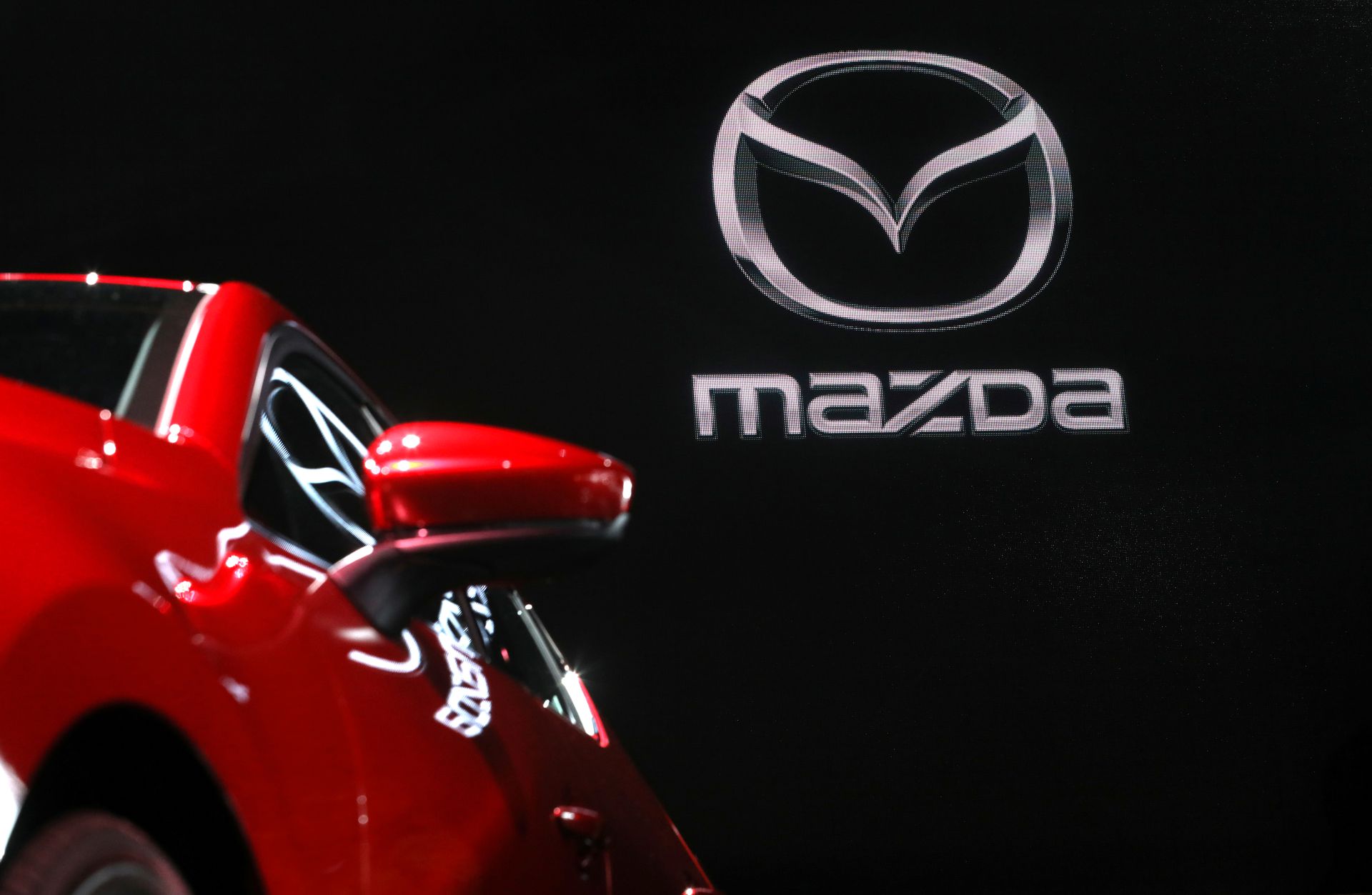By Satoshi Sugiyama and Maki Shiraki
TOKYO, March 15 (Reuters) – A decade after Mazda Motor’s (7261.T) cars disappeared from Ford Motor’s (F.N) factory floors in Michigan, the Japanese automaker is once again building in the United States – this time with compatriot Toyota Motor (7203.T).
When the first Mazda CX-50 crossovers rolled off the assembly line at the joint Alabama plant in January, they were packed with efficiencies hammered out by the two automakers, both known for their cost-cutting smarts and manufacturing prowess.
“It’s a huge advantage for us to be able to learn from Toyota’s vast experience in the United States,” Masashi Aihara, head of Mazda Toyota Manufacturing U.S.A. (MTM), told Reuters in an interview last week.
As competition heats up in the industry – not least from prospective new entrants such as Apple (AAPL.O) and Sony Group (6758.T) – Toyota has taken minority stakes in Mazda as well as small-car maker Suzuki Motor (7269.T) and all-wheel-drive specialist Subaru Corp (7270.T) in recent years.
“Under President (Akio) Toyoda, Toyota is constantly looking to change the way it does things, and I think (by putting me in this position) he was saying, ‘If there’s something to be learned from Mazda, learn it.'”
BEST PRACTICES
The Huntsville, Alabama factory, which opened last year and is designed to add electric vehicles in future, contains many firsts for Mazda.
MTM tows components from on-site suppliers on linked-up tractors, saving time on loading and unloading from trucks.
The order in which the vehicles are assembled was also streamlined and machinery standardised as much as possible so Mazda and Toyota cars could eventually be built on the same line.
“There were times when we both realised that we were doing things a certain way purely out of habit,” Aihara said. “And in some cases, we came up with a hybrid method bringing in techniques from both sides. That’s something we wouldn’t be able to do at Mazda proper.”
The operation hasn’t been without its hitches.
A tight labour market has meant the plant is still 900 workers short of the targeted 4,000, keeping it running at one shift instead of two. Mazda wants to boost U.S. sales by about a third to 450,000 by the middle of the decade. read more
An early plan to train six teams at Mazda and Toyota factories in Japan was derailed by COVID-19, the second team forced to cut their trip short. Still, Toyota’s U.S. footprint paid off there too: Kentucky and other local plants helped complete training for the rest, Aihara said.
“Ultimately, the No. 1 mission for this factory is to contribute to the growth of our U.S. business,” he said.










